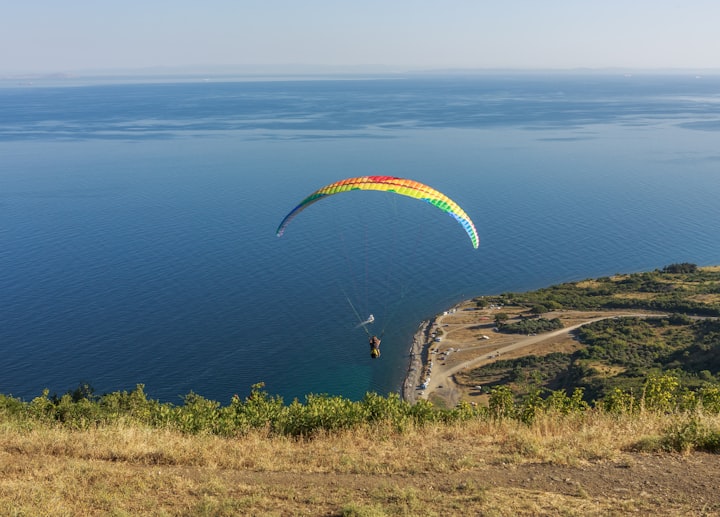
each day, the sands of the Sahara desolate tract reach temperatures up to 80° Celsius.
Stretching over kind of nine million rectangular kilometers,
this big barren region receives approximately 22 million terawatt hours of strength
from the solar each 12 months.
That’s well over one hundred times extra strength than humanity consumes annually.
So, could protecting the wilderness with solar panels solve our electricity issues for accurate?
solar panels work when mild particles hit their surface with sufficient electricity
to knock electrons out in their solid bonds.
On their journey lower back to balance, those electrons produce power.
however, there’s a restriction to how lots strength panels can generate.
sun panels can best engage with positive wavelengths of mild,
making it not possible to transform over 1/2 the daylight they get hold of.
and even mild debris they could convert frequently jump off them
with out ever hitting an electron.
but thanks to smart scientists and engineers
and enormous authorities investment,
solar panels are generating greater electricity than ever.
Anti-reflective coatings and styles at the panels’ surface
create greater possibilities for incoming mild particles to hit electrons.
these techniques have expanded commercial solar panel efficiency
from the low-teens to twenty-five%,
with experimental models attaining up to forty seven%.
What’s greater, sun has gotten 89% inexpensive over the past decade,
thanks in part to worldwide deliver chains for different technology
that use the equal materials.
together, those factors have made sun strength
the most inexpensive supply of strength on this planet.
countries which includes India, China, Egypt, and the us,
have already taken those new panels into the desolate tract.
Their huge sun farms range from 15 to 56 square kilometers,
and whilst the sun is high within the sky,
these flora can provide power
for masses of hundreds of nearby citizens.
but those farms additionally get extremely warm.
light that solar cells don’t convert or mirror is absorbed as warmth,
which reduces a panel’s efficiency.
And the cooling systems hired by many farms can use huge amounts of power
powering fanatics or transferring water to preserve most fulfilling temperatures.
inspite of these structures, solar panels inside the wilderness soak up a long way greater warmness
than the natural sandy environment.
This hasn’t been a problem on the size of current sun farms.
but if we attempted to cowl the Sahara,
this effect could create large changes inside the area's weather.
constructing sun farms already disrupts nearby ecosystems,
but a plant of this scale should dramatically remodel
the barren region panorama.
thankfully, solar panels aren’t our simplest option.
And some of the biggest sun plant life inside the global are trying a brand new technique:
giant mirrors.
Morocco’s Noor energy Plant,
if you want to in the end cowl kind of 30 square kilometers of the Sahara,
is a focused solar electricity plant.
This layout reflects mild onto a receiver,
which converts that electricity to warmth, after which electricity.
those mirrors nonetheless create a dangerous temperature shift for neighborhood natural world,
but they have much less ability to transform the panorama.
And since it takes time for the materials being heated to chill off,
these plants often preserve producing power past sundown.
whether or not they use panels or mirrors,
industrial solar farms are frequently smooth to suit into existing energy infrastructure.
however, getting their electricity beyond local strength grids is lots extra hard.
some nations are running on approaches to attach electric grids throughout the globe.
and many farm save strength in big batteries,
or convert their strength into easy gas that can be used later.
but right now, those techniques are nevertheless too high priced and inefficient to depend on.
Worse nonetheless, commercial renewables can share some of the equal troubles
as fossil fuels,
counting on destructive mining operations and carbon-emitting worldwide supply chains.
fortunately, sun can exist on many scales,
from industrial sun farms to smaller installations
that power man or woman homes and rural groups.
those initiatives can supplement energy use or offer a passive source of energy
for regions off the grid.
And because sun panels rely on some easy additives,
they’re quick to install and relatively clean to update.
In reality, it’s this adaptability that enabled sun
to emerge as so reasonably-priced and ubiquitous over the past decade.
So if we want to keep up with humanity's growing energy use,
we're going to want solutions both huge and small.





Comments
There are no comments for this story
Be the first to respond and start the conversation.